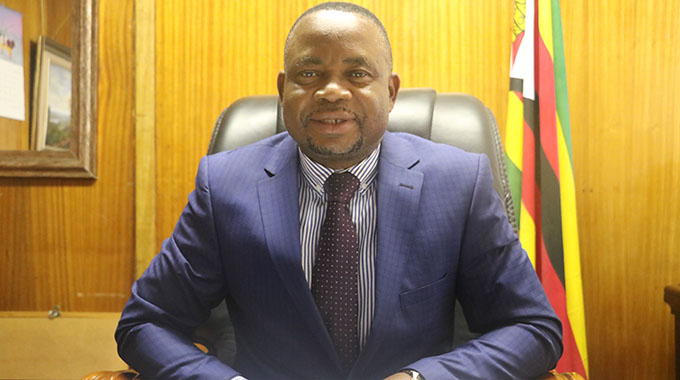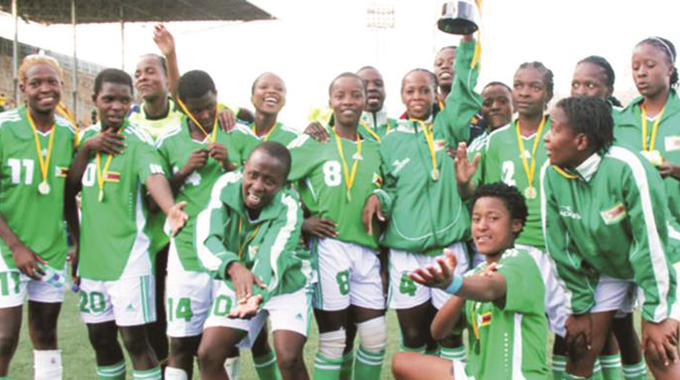50pc of 2018 education ministry budget unspent

Pamela Shumba Bulawayo Bureau
THE Ministry of Primary and Secondary Education inexplicably utilised only 49,5 percent of its budget allocation for 2018, yet everyone under the ministry decried lack of resources in key and strategic areas for the whole year. The discovery has irked Minister Professor Paul Mavima who said this was a sign of lack of planning by the responsible officials in the ministry.
He called for improved strategic planning and budgeting.
“I am informed that the budget utilisation rate as at 10 December 2018, stood at 49,5 percent. This cannot be well understood especially in a context of where almost everyone is talking about scarcity of resources.
“The extent to which we have embraced Programme Based Budgeting (PBB) becomes questionable, and this has implications on our planning processes and the level of programme implementation of tasks,” said Prof Mavima, while addressing senior officials from his ministry in Bulawayo last week.
He urged officials to make sure that they know how much has been allocated to the ministry, plan well and utilise the funds for the development of the education sector.
“The programme managers seem not to be taking ownership of their programmes and may not be requesting for funds to run the programmes.
“I see a lot of questions than answers in this regard. We have to partake in the budget preparations and as soon as the budget is loaded in the system you should know how much is there, and align your plans with the resources that will be made available during the course of the year, make requests and start utilising funds,” said Prof Mavima.
He said as the ministry plans for 2019, it was important to be alive to the mindset of the new dispensation and the country’s vision to become an upper middle economy by 2030.
“This vision dovetails well with our Sustainable Development Goals (SDGs), and in particular SDG4, as their timeframes and tenets are similar. SDG4 is important in that it supports all the other 16 SDGs,” said Prof Mavima.
“It’s actually the stem of the ‘big tree’, the rest are branches and some may be fruits. Without quality education all the other SDGs may be difficult to achieve. An educated citizenry will be able to articulate all the other SDGs.”
He said the ministry must also embrace the Transitional Stabilisation Programme (TSP).
“In the interim, the Government has adopted the TSP, which outlines policies, strategies and projects that guide Zimbabwe’s social and economic development interventions up to December 2020, simultaneously targeting immediate quick-wins and laying a robust base for economic growth for the period 2021-2030.
“The success of the programme will not depend on Government efforts alone, but on a coordinated collaborative multi-stakeholder approach. It’s also a poverty reduction strategy,” said Prof Mavima.
The education sector received the highest allocation of $1,5 billion in the 2019 National Budget with the Ministry of Primary and Secondary Education receiving the lion’s share of $1,132 billion.











Comments